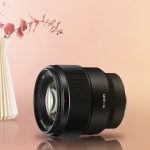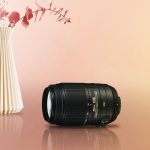
Looking to capture stunning shots of cars in all their glory? You’ve come to the right place. In this article, we’ll provide you with essential tips and techniques to elevate your car photography game.
From mastering angles and lighting to capturing intricate details and reflections, we’ve got you covered. Discover how to choose the right camera, avoid common mistakes, and even explore abstract approaches for unique shots.
Get ready to take your car photography skills to the next level!
Essential Equipment for Car Photography

When it comes to capturing stunning shots of cars, having the right equipment is essential. From cameras and lenses to lighting equipment and accessories, each piece plays a crucial role in achieving professional-quality results.
Camera Gear Recommendations
If you want to capture stunning car photos, you’ll need the right camera gear. As a car photographer, you know that having the right equipment can make all the difference in achieving professional car photography.
Here are some camera gear recommendations to help you take your car photography to the next level.
First and foremost, invest in a DSLR or mirrorless camera. These cameras offer excellent image quality and the ability to change lenses, allowing you to capture different perspectives and details of the cars you photograph. Look for a camera with a high resolution and good low-light performance.
Next, consider getting a wide-angle lens. This will allow you to capture the full beauty of the car and its surroundings. A wide-angle lens also helps to create a sense of depth and scale in your photos.
Another essential piece of gear is a tripod. This will help you stabilize your camera and keep it steady, especially when shooting in low-light conditions or when you want to capture long-exposure shots. Look for a sturdy tripod that can support the weight of your camera and lens.
Lastly, don’t forget about lighting. If you’re shooting indoors or in a studio, consider investing in studio lights or speedlights. These will help you control the lighting and create the desired mood for your car photos. If you’re shooting outdoors, pay attention to the natural light and use reflectors or diffusers to manipulate it.
Lighting Equipment Suggestions
To enhance the lighting in your car photos, consider using studio lights or speedlights indoors, and manipulating natural light with reflectors or diffusers when shooting outdoors.
As a professional car photographer, you understand the importance of lighting in automotive photography. When shooting indoors, studio lights and speedlights provide you with the control and consistency needed to capture the perfect shot. Position them strategically to highlight the car’s features and create a dynamic atmosphere.
Outdoors, the natural light can be unpredictable, but with reflectors and diffusers, you can manipulate it to your advantage. Reflectors bounce light back onto the car, reducing harsh shadows and adding a soft glow. Diffusers soften the sunlight, creating a more even and flattering light. Experiment with different angles and positions to find the best lighting setup for each car.
With these lighting equipment suggestions, you can elevate your car photography techniques and capture stunning images.
Essential Accessories for Shooting
As a professional car photographer, you’ll want to invest in essential accessories like a tripod and remote shutter to ensure steady shots and eliminate camera shake.
A tripod is an absolute must-have for any serious photographer. It provides stability and allows you to experiment with different shutter speeds, apertures, ISO settings, and focal lengths. With a tripod, you can capture crisp details and smooth long-exposure shots.
The remote shutter is another invaluable tool. It allows you to take photos without touching the camera, minimizing the risk of introducing motion blur. This is especially important when shooting cars, as even the slightest shake can ruin an otherwise perfect shot.
Choosing the Right Lenses
When selecting lenses for your car photography, consider factors such as focal length, aperture, and image stabilization to ensure you capture stunning, sharp images.
The right lenses can make all the difference in capturing the essence and beauty of a car.
Firstly, consider the focal length. A wide-angle lens, like a 24mm or a 35mm, can help you capture the entire car in one frame, showcasing its sleek lines and curves. On the other hand, a telephoto lens, such as a 70-200mm, allows you to focus on specific details, like the car’s emblem or a close-up of the engine.
Secondly, aperture plays a significant role in creating depth of field and controlling the amount of light entering the lens. A wider aperture, like f/2.8, can create a beautiful bokeh effect, while a smaller aperture, like f/8, ensures a sharper image with a larger depth of field.
Lastly, image stabilization is crucial, especially when shooting handheld. Look for lenses with built-in image stabilization to minimize camera shake and achieve crisp, clear shots.
Budget-Friendly Equipment Options
Now that you’ve learned about choosing the right lenses for car photography, let’s dive into budget-friendly equipment options. As a professional car photographer, you don’t always have to break the bank to capture stunning shots. There are plenty of affordable tools and tricks that can elevate your photography game without emptying your wallet.
Firstly, consider investing in a tripod. This simple device can provide stability and help you capture sharp, clear images of vehicles. Look for a lightweight and portable option that’s sturdy enough to hold your camera securely.
Another budget-friendly option is to use natural light to your advantage. Experiment with shooting during golden hour, when the soft, warm light can add a magical touch to your car photos. If you need additional lighting, consider inexpensive reflectors or DIY light modifiers.
Mastering Angles and Lighting Techniques

You can enhance your car photography by mastering angles and lighting techniques. Professional photographers know that capturing the perfect shot of a car requires careful consideration of these elements.
When it comes to angles, try experimenting with different perspectives. Get low to the ground for a dramatic effect, or climb up high to showcase the car’s sleek lines. Don’t be afraid to get up close and personal to highlight intricate details.
Lighting is equally important in automotive photography. Utilize natural light to your advantage, capturing the car in the soft glow of sunrise or the warm hues of sunset. If shooting indoors, consider using diffused lighting to avoid harsh shadows.
Tips for Capturing Details and Reflections
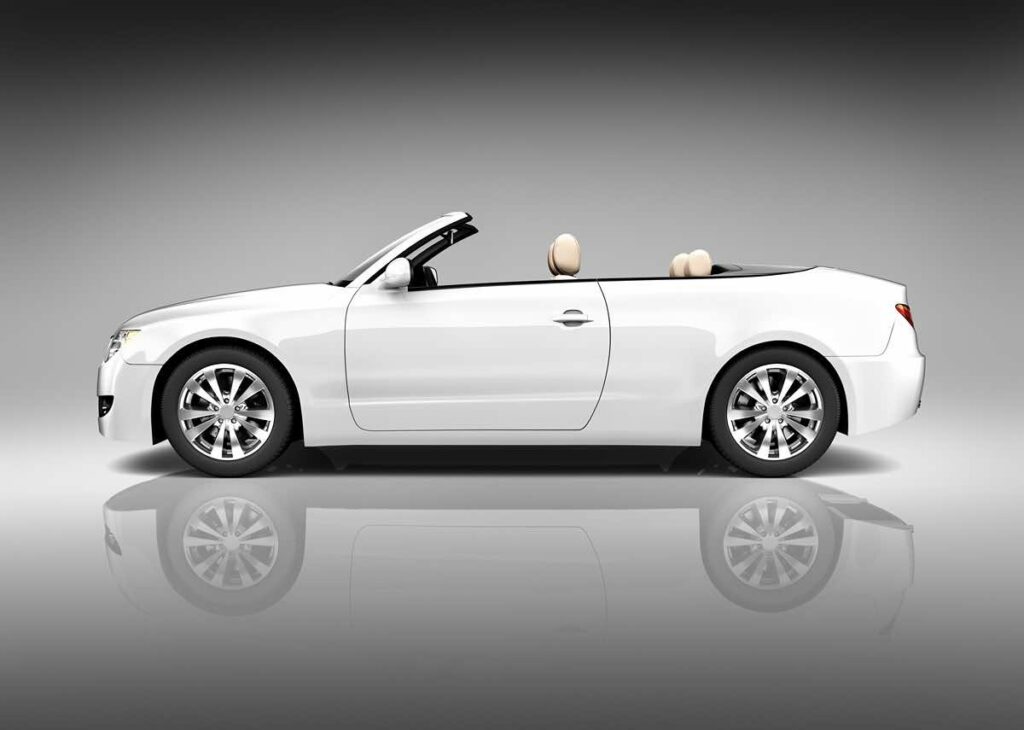
When it comes to capturing the essence of a car, the devil is in the details. To truly bring out the beauty of a vehicle, pay close attention to every curve, every line, and every intricate design element.
Look for interesting reflections that can add depth and dimension to your photographs, and don’t be afraid to get up close and personal with a macro lens to reveal the hidden intricacies that make each car unique.
Enhancing Car Details
To make your car photos stand out, focus on enhancing the details of the vehicle. Car photography is all about capturing the essence of the automotive world and showcasing the beauty of these machines.
To improve your car photography, pay close attention to the small details that make each car unique. Whether it’s the sleek curves of the bodywork, the intricate design of the headlights, or the shine of the chrome accents, these details can add depth and interest to your car images.
Experiment with different angles and lighting techniques to highlight these features and make them pop. Don’t be afraid to get up close and personal with the car, capturing every little detail that makes it special.
Utilizing Reflections Creatively
Capture the unique beauty of vehicles by creatively utilizing reflections.
When it comes to car photography, reflections can add an element of intrigue and depth to your shots. Look for shiny surfaces, like glass or polished metal, and position your vehicle in a way that allows these surfaces to reflect interesting surroundings.
Maybe you can capture a stunning cityscape mirrored on the hood of a vintage car, or a vibrant sunset reflected in the windows of a sleek sports car. Experiment with different angles and perspectives to find the perfect reflection that enhances the overall composition.
Remember to pay attention to details and be patient. Utilizing reflections creatively can transform an ordinary car photo into a work of art, capturing the essence and allure of these magnificent machines.
Macro Lenses for Details
Now, let’s dive into the world of macro lenses for details. When it comes to capturing those intricate car details up close and personal, a macro lens is your best friend. With its ability to focus at a closer distance, you’ll be able to reveal the hidden beauty in every curve and crevice of your subject.
Imagine the thrill of capturing the fine lines of a vintage car’s chrome grille, or the delicate texture of leather stitching on a luxury interior. With a macro lens, every little detail becomes a work of art. You’ll be amazed at the level of precision and clarity these lenses provide, allowing you to showcase the craftsmanship and attention to detail that goes into every aspect of car design.
Experimenting With Different Angles
Don’t be afraid to get creative and try out different angles when exploring the world of car details with your trusty macro lens. Car photography tips often emphasize the importance of capturing the intricate details that make each vehicle unique.
By experimenting with different angles, you can bring out these details in fascinating ways. Get down low and shoot upwards to highlight the sleek lines and curves of the car’s body. Or, try shooting from above to capture an interesting bird’s-eye view of the car’s interior.
Don’t limit yourself to the conventional angles; instead, think outside the box and find new perspectives that will make your car photos stand out. Remember, the beauty of car details lies in the unexpected angles that reveal their true essence.
Nighttime Car Photography: Techniques and Tips

When the sun sets and darkness blankets the world, a whole new world of possibilities opens up for capturing the beauty of cars.
Nighttime car photography requires a unique set of skills and techniques to effectively capture the essence of these sleek machines under the moonlit sky.
From mastering low-light shooting techniques to creatively using reflections and managing light sources, the art of nighttime car photography is an adventure waiting to be explored.
Low-Light Shooting Techniques
To capture stunning car photos in low-light conditions, adjust your camera settings accordingly.
Shooting cars at night can be challenging, but with the right techniques, you can achieve breathtaking results. Start by setting your camera to manual mode and selecting a low ISO to reduce noise.
Next, choose a wide aperture to let in more light and create a shallow depth of field. Experiment with different shutter speeds to capture motion blur or freeze the action, depending on the effect you want to achieve.
Consider using a tripod to keep your camera steady and prevent blurry images. Additionally, you can enhance your night car photography by utilizing car photography lighting techniques, such as using external lights or reflective surfaces to add interesting light sources and create unique reflections.
With these night photography tips, you’ll be able to capture stunning car images even in low-light conditions.
Managing Light Sources
Now that you’ve mastered the art of capturing cars in low-light conditions, it’s time to take your car photography skills to the next level by learning how to manage light sources.
When it comes to photographing cars, lighting can make or break your shot. The key is to find the perfect balance between natural and artificial light sources.
One tip for managing light sources is to position your car in a way that maximizes the available light. Take advantage of the sun’s position and use it to your advantage. Play with angles and shadows to create depth and dimension in your photos.
Additionally, consider using reflectors or diffusers to control the intensity of the light and avoid harsh reflections on the car’s surface.
Creative Use of Reflections
Positioning yourself and your camera at the right angle allows you to creatively incorporate reflections into your car photos, adding a unique and captivating element to your shots. When capturing car photography, reflections can be used to enhance the overall composition and create visually stunning images.
One tip for utilizing reflections is to find surfaces that will reflect the car’s features in an interesting way. Look for glass windows, shiny car bodies, or even puddles on the ground. Experiment with different angles and perspectives to capture the reflection in a way that adds depth and dimension to your photograph.
Additionally, consider using polarizing filters to control and enhance the reflection, reducing glare and increasing clarity. By creatively using reflections, you can elevate your car photography to a whole new level, creating images that are both visually striking and artistically captivating.
Long Exposure Effects
You can achieve stunning long exposure effects in your photos by adjusting your camera’s shutter speed and using a tripod to keep the camera steady.
When shooting cars at night, long exposure allows you to capture the motion blur of passing vehicles, creating a sense of movement and excitement in your images.
To get started, set your camera to Manual mode and choose a slow shutter speed, like 1/4 or 1/8 of a second.
Attach your camera to a sturdy tripod to eliminate any camera shake.
Experiment with different camera settings and compositions to achieve the desired effect.
Pay attention to the direction and speed of the cars, as well as the surrounding lights, to create dynamic and visually interesting shots.
Long exposure effects can transform ordinary car photos into captivating works of art.
Nighttime Post-Processing Tips
To enhance your nighttime photos, try adjusting the brightness and contrast levels in post-processing for a more dramatic effect.
When it comes to capturing the beauty of the night, post-processing plays a crucial role in bringing out the details and enhancing the overall mood.
Start by increasing the brightness to make the dark areas in your image more visible. This will help highlight the subject and create a captivating atmosphere.
Next, adjust the contrast to add depth and make the colors pop. Experiment with different levels to find the perfect balance.
Additionally, don’t be afraid to play with other editing tools, such as saturation and sharpness, to further enhance your nighttime shots.
Choosing the Right Camera for Car Photography
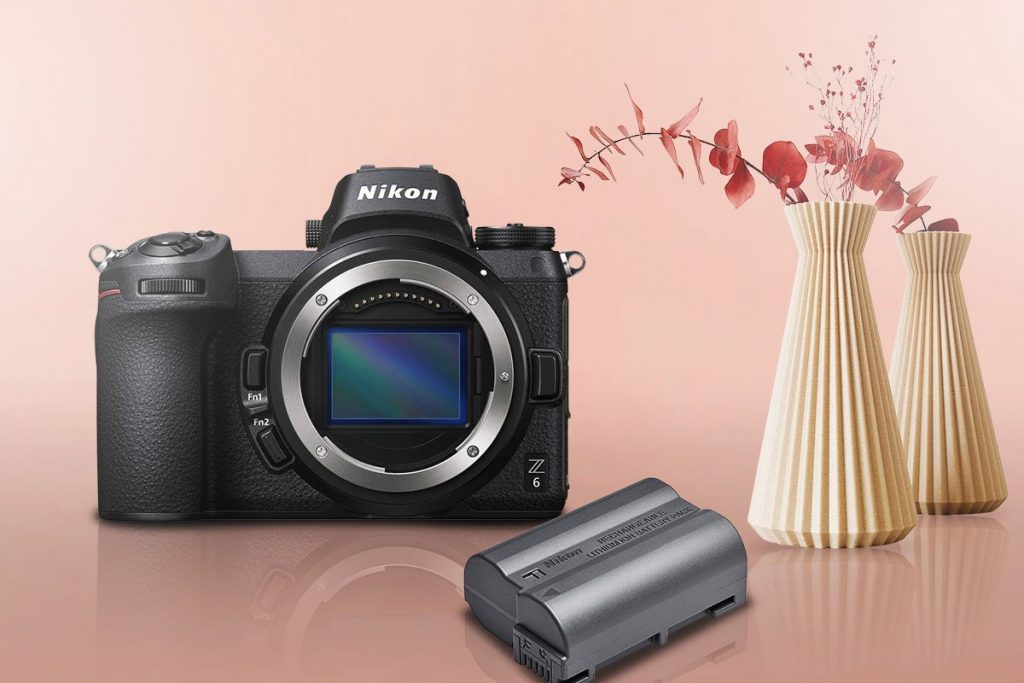
If you’re looking to capture stunning car photographs, the right camera can make a significant difference in the quality of your shots. When it comes to car photography, you want a camera that can capture the sleek lines, vibrant colors, and intricate details of the cars.
One important factor to consider is the resolution of the camera. Look for a camera with a high megapixel count, as this will allow you to capture sharp, detailed images.
Another important feature to look for is a fast autofocus system. Cars can be fast-moving subjects, so having a camera that can quickly and accurately focus on the car is crucial.
Additionally, consider the camera’s low-light performance. Many car photography enthusiasts like to shoot during the golden hour or at night, so having a camera that performs well in low-light conditions will give you more flexibility in your shooting.
Overall, choosing the right camera for car photography requires careful consideration of resolution, autofocus, and low-light performance. Take your time to research different camera models and find the one that best suits your needs and budget.
Researching and Preparing for Car Photoshoots
When researching and preparing for car photoshoots, it’s important to scout locations that have interesting backgrounds and lighting options. Car photography is a unique type of photography that requires attention to detail and a keen eye for capturing the beauty of the car.
To get the best car photos, consider the environment in which you’ll be shooting. Look for locations with scenic landscapes or urban backdrops that complement the car’s aesthetics. Lighting is also crucial in car photography, as it can enhance the car’s lines and contours. Choose the right time of day to shoot, such as early morning or late afternoon, when the natural lighting is soft and warm.
Don’t forget to capture the car interior as well, showcasing its features and design. By researching and preparing for your car photoshoot, you’ll be able to capture stunning car photos that truly stand out.
Creative Techniques for Unique Car Shots
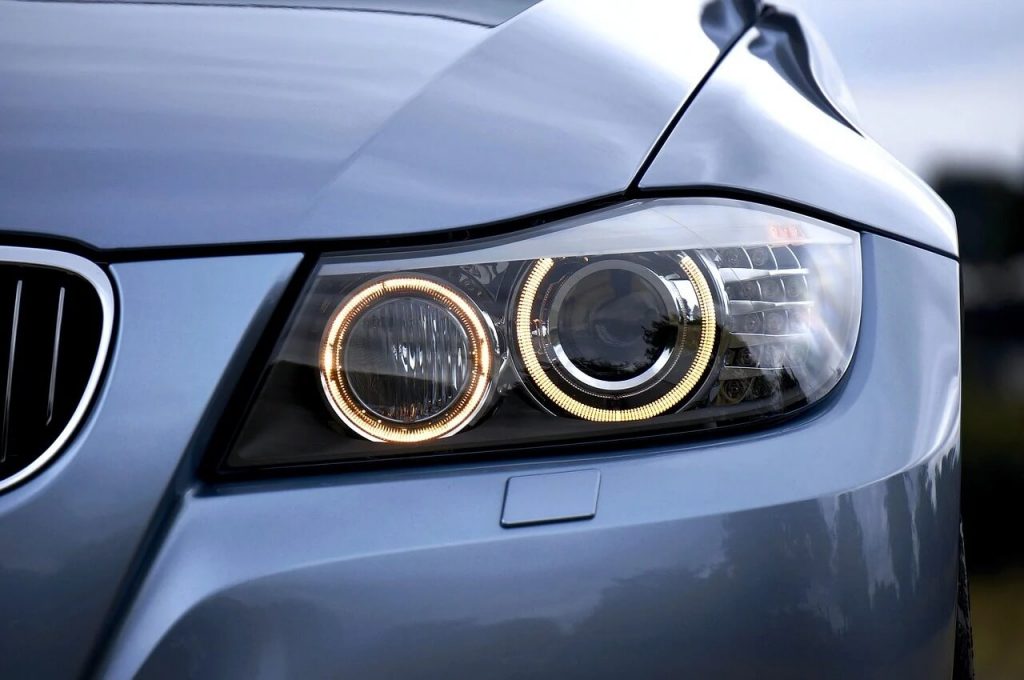
Now that you’ve researched and prepared for your car photoshoot, it’s time to explore the world of creative techniques to capture truly unique car shots.
By experimenting with angles and perspectives, you can create dynamic and visually striking images that showcase the car’s best features.
Incorporating motion and blur techniques adds a sense of speed and excitement to your shots, while abstract compositions offer a fresh and artistic take on car photography.
Lastly, try your hand at light painting effects to illuminate the car in a captivating and ethereal way.
Get ready to unleash your creativity and take your car photography to new heights!
Angles and Perspectives
To capture unique and visually appealing car photographs, try experimenting with different angles and perspectives. Car photography offers endless opportunities to showcase the beauty and power of these machines.
Start by getting down low and shooting from a low angle. This will make the car appear larger and more dominant. For a more dynamic shot, try shooting from a high angle, capturing the car from above. Experiment with different positions and distances to find the best angle that highlights the car’s features.
Lighting is crucial in car photography. Utilize natural light for a softer and more natural look, or play with artificial lighting to create dramatic effects.
Lastly, don’t forget to adjust your camera settings for optimal results. Experimentation is key, so don’t be afraid to try new angles and perspectives to capture stunning car photographs.
Motion and Blur Techniques
Capture the excitement and movement of a car in your photographs by experimenting with motion and blur techniques. Car photography at night can be particularly thrilling, as the darkness adds an element of mystery and drama.
To capture stunning shots of a moving car at night, there are a few tips that can help you achieve the desired effect. First, make sure you have the right gear and camera settings. A tripod is essential to keep your camera steady, and a fast lens with a wide aperture will allow more light to enter the camera.
Set your camera to a slow shutter speed to capture the motion and blur of the moving car. Experiment with different speeds to get the desired effect. Remember to focus on the car and track its movement as you take the shot.
With some practice and creativity, you can create stunning night shots of moving cars that truly capture the excitement and energy of the moment.
Abstract Compositions
Get creative with your compositions by exploring abstract techniques, adding a unique and artistic touch to your photographs. When it comes to car photography, thinking outside the box can lead to stunning results. Instead of capturing the perfect car in a traditional way, why not experiment with abstract compositions?
One technique to try is playing with depth of field. By using a wide aperture, you can create a shallow depth of field, blurring the foreground or background and drawing attention to specific details of the car.
Another way to achieve abstract compositions is by experimenting with different angles and perspectives. Get up close and capture the intricate details of the car’s design, or shoot from a lower angle to create a sense of power and dominance.
Don’t be afraid to play with light and shadows either, as they can add drama and intrigue to your photos.
Light Painting Effects
Now, let’s delve into the world of light painting effects, a technique that will take your car photography to a whole new level.
Imagine capturing the essence of a stunning car in a series of mesmerizing pictures, where light becomes your brush and the night sky your canvas.
To achieve these magical effects, start by finding a suitable location with minimal light pollution. Set up your camera on a tripod and select a long exposure setting.
Next, grab a flashlight or a few LED lights and get creative. Use the light to trace the contours of the car, emphasizing its sleek lines and curves. Experiment with different angles and movements to create unique and captivating patterns.
As you paint with light, remember to be patient and precise. Allow the camera to capture the light trails as they dance around the car, creating a mesmerizing spectacle.
With this technique, your photography of cars will transcend the ordinary, resulting in captivating images that showcase the beauty and power of these magnificent machines.
Common Mistakes to Avoid in Car Photography
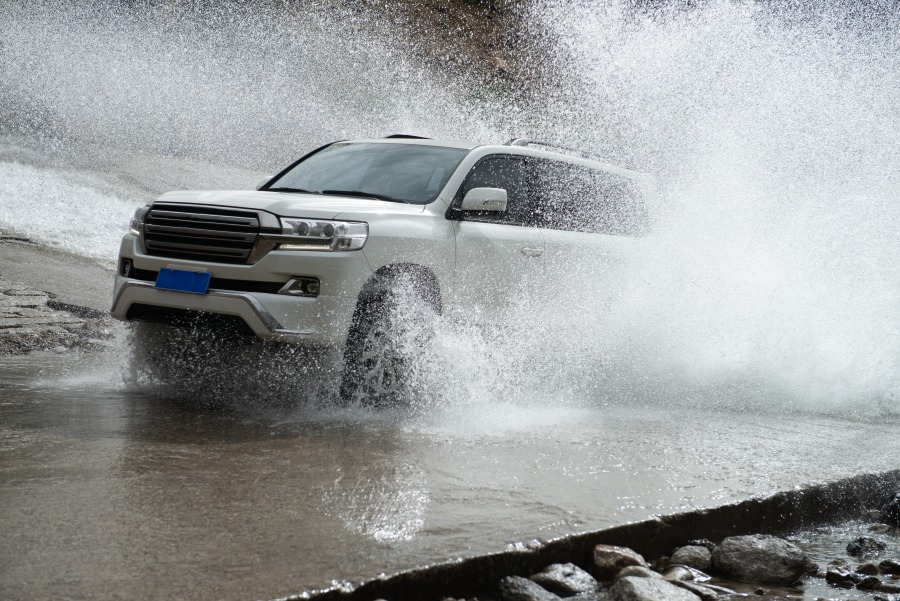
When it comes to car photography, there are a few common mistakes you should avoid.
Don’t let poor lighting ruin your shots – make sure to find the right balance to highlight the car’s features.
Pay attention to composition as well, as a cluttered background can take away from the beauty of the car.
And don’t forget to capture the smaller details that make each car unique.
Lighting Mistakes to Avoid
Don’t make the mistake of relying solely on natural light for your car photography. While it may seem tempting to capture the beauty of a car in its natural environment, solely depending on natural light can lead to some lighting mistakes that can ruin your shots.
One common mistake is shooting during midday when the sunlight is too harsh, causing harsh shadows and overexposure. Instead, try shooting during the golden hour, which is the hour after sunrise or before sunset. The soft, warm light during this time will enhance the car’s features and create a more pleasing image.
Another mistake to avoid is using only the car’s headlights for illumination. This can result in uneven and unflattering lighting. Instead, use additional light sources such as portable strobes or reflectors to balance the light and highlight the car’s details.
Composition Errors to Avoid
To improve your composition, try to avoid placing the car too close to the edge of the frame, as it can create a cramped and unbalanced look.
When you shoot a car, it’s essential to consider the placement of the car within the frame. By giving some space around the car, you can create a sense of balance and allow the viewer to focus on the car itself. Pay attention to the position of the front of the car, as it often acts as the focal point.
Also, be mindful of the background while the car is being captured. A cluttered or distracting background can take away from the car’s impact.
Take your time to carefully compose your shots and make the car look its best.
Neglecting Car Details
You can enhance your composition by paying attention to the small details of the vehicle. When it comes to car photography, it’s easy to get caught up in capturing the overall beauty of the car, but don’t neglect the intricate details that make it unique.
Take detailed shots of the car interiors, showcasing the craftsmanship and design elements that often go unnoticed. Look for interesting subjects for photography, such as the reflection of the surroundings on the shiny surface of the car or the play of light and shadows on the curves.
Don’t forget that even the smallest details matter, like the perfect alignment of the badges or the immaculate paint job. By capturing these small details, you add depth and personality to your car photography, making it truly outstanding.
Importance of Post-Processing
Now that you’ve learned about the importance of capturing car details, let’s talk about another crucial aspect of car photography: post-processing.
In this article section, we’ll explore why post-processing is essential and how it can elevate your car photography to the next level.
When it comes to showcasing the true beauty of a car, post-processing plays a vital role. It allows you to enhance colors, adjust exposure, and fine-tune the overall look of your images. Through post-processing, you’ve the power to make your photos pop and grab the viewer’s attention.
Whether you choose to use professional editing software or opt for user-friendly apps, post-processing gives you the freedom to unleash your creativity. You can choose to emphasize the sleek lines of a sports car or bring out the vibrant hues of a classic vintage vehicle. The possibilities are endless.
Researching Car and Location
When researching for your car photography shoots, it’s important to find the perfect car and location combination that will enhance the overall aesthetic of your images.
As a car lover and photographer, you understand that the right car can bring life and character to your photos, while the location sets the stage for the perfect backdrop.
Researching the best car and location for your shoot can be a complete guide to capturing stunning images. You can start by reaching out to car owners, attending car shows, or exploring unique locations that complement the car’s style and personality.
Budget-Friendly Tips for Car Photography
Don’t worry about breaking the bank, there are budget-friendly tips for car photography. Taking stunning car photos doesn’t have to cost a fortune. With a little creativity and some clever photography solutions, you can capture the essence of a car without emptying your wallet.
First, consider your location. Look for places with interesting backdrops that won’t require any additional props or set design. Urban areas with graffiti-covered walls or abandoned buildings can add an edgy vibe to your photos. Natural settings, like parks or lakes, can provide a serene and picturesque backdrop for a classic car.
Next, maximize natural lighting. Shooting during the golden hour, which is the hour after sunrise or before sunset, will give your photos a warm, soft glow. Avoid harsh midday sun as it can create unflattering shadows and highlights.
Lastly, get creative with angles and perspectives. Experiment with low-angle shots to make the car appear more powerful and imposing. Use reflections to add an artistic touch to your photos. Don’t be afraid to get close and capture the intricate details of the car’s design.
Exploring Abstract Approaches in Car Photography
Capture the essence of a car in a unique and artistic way by exploring abstract approaches in your photos.
When it comes to car photography, it’s easy to get caught up in capturing the sleek lines and shiny surfaces. However, by stepping outside the box and experimenting with abstract techniques, you can create visually stunning images that truly stand out.
Try playing with reflections, shadows, and interesting angles to add an element of mystery and intrigue to your shots. Focus on capturing details, such as the curve of a fender or the texture of a tire, to bring a new perspective to your car photography.
Conclusion
So there you’ve it, a glimpse into the world of car photography. Armed with the right equipment and techniques, you can capture the beauty and intricacies of these stunning machines.
From mastering angles and lighting, to capturing details and reflections, to exploring abstract approaches, the possibilities are endless.
Just remember to avoid common mistakes and embrace your creativity. With a little practice and passion, you’ll be able to create unique and captivating car shots that will leave everyone in awe.
Happy shooting!

Photographer & Writer
I specialize in landscape, street and portrait photography and I have been featured in various galleries and publications. I believe that photography is a way to tell stories!
